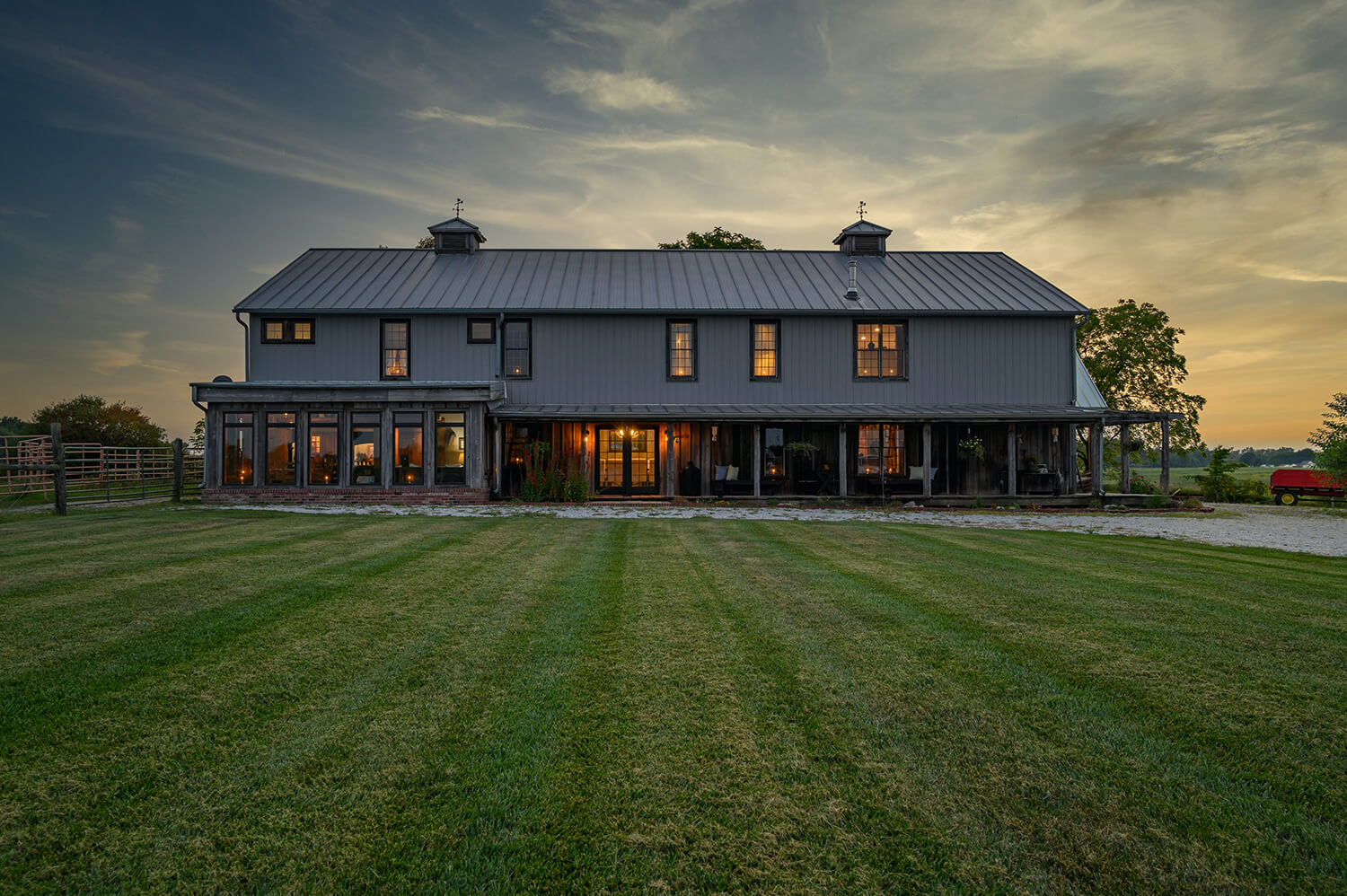When my friend and I first moved down south and purchased a house, the house needed quite a bit of repairs and renovation.
One of the powder rooms and the entryway required complete remodeling. My associate and I updated all of the appliances, fixtures and drain pipes. My associate and I originally hoped to update the heating/cooling component within the first year. However, my friend and I had so numerous other updates taking priority that my friend and I put it off for almost five years. It was a gigantic packaged component that made a tremendous amount of noise every time it started up. The component was located outdoors and was obviously unquestionably old. The outer cabinet showed signs of rust. During the summer, despite the high heat and humidity, the system managed to keep up with temperature control. The winters in our local area are officially quite mild. One year, my friend and I experienced a record-setting chilly snap. In heating mode, the component struggled. It froze numerous times. My associate and I ended up purchasing an electric furnace to supplement it. Other than that, my friend and I were satisfied with the performance of the packaged heating/cooling unit. Our first sign of any problems with it were when it supplied warm air in cooling mode. I called for repairs and fully expected the Heating and A/C corporation to recommend updatement. The corporation found a refrigerant leak. He explained that the component was too outdated to find new parts for it. He suggested that my friend and I try refilling and recharging the system and see how long it would hold up. The total repair only cost $200. It lasted a year. The following summer, the system once again produced only warm air. I decided not to invest into another repair. It seemed more cost-effective to invest into a new heating and cooling unit.
